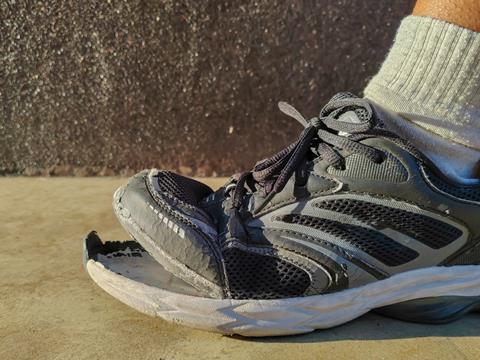
The European Union’s LIFE Programme saw two projects collect and recycle commercial plastic packaging waste under a reverse logistics agreement; and turn clothing and shoe waste into polyester stable fibre for packaging applications, among others.
The LIFE Programme is the EU’s funding instrument pursuing climate and environmental action. It was founded in 1992 and co-finances projects pursuing a circular economy, climate change mitigation, a transition into clean energy, and more.
Figures from Eurostat suggest that 34.6kg of plastic packaging waste was generated by Europeans in 2020, yet only 13kg of that figure were recycled – condemning the remaining 21.6kg to landfill, incinerators, or pollution in the natural environment.
In the LIFE RECYPACK project, commercial and retail plastic packaging waste was collected from shopping centres and small shops in urban areas of Spain and Italy. It focused on polyethylene as the most common plastic type and expanded polystyrene as a low-density material, aiming to close the loop on both.
A reverse logistics agreement was signed by COMELSA, Milar, and TRAXPO in which seventy stores provided over 21 tonnes of plastics to be used in the production of new plastic products. Two recycling facilities in Hungary and Spain recycled collected plastics to produce new products. Additionally, existing plastic waste collection sites were upgraded and incentives were introduced for organizations depositing waste.
LIFE RECYPACK intended to assist local authorities in making decisions based on management and circular economy business models, incentivize industry players to participate in the project, and evaluate whether its recycling systems could be replicated at EU level. It is set to align with the implementation with the Waste Framework, Landfill, and Packaging Waste Directives.
Meanwhile, LIFE ECOTEX honed in on polyester as the second most popular plastic used in clothing and footwear. Standard mechanical recycling methods cannot separate mixed-material waste and adhesives used in the shoemaking process, which has often resulted in end-of-life textiles being sent to landfill or incineration.
To combat this, the project the project sought to partially replace non-renewable petrochemical feedstock with rejected shoemaking material. This involved chemically depolymerizing polyester waste to produce bis (2-hydroxyethyl) terephthalate, or BHET, which could be purified, repolymerized, and reintroduced to shoemaking and manufacturing processes.
At the same time, the process resulted in recycled PET, which could be incorporated into polyester stable fibre (PSF) for use in footwear manufacturing or packaging.
Reportedly, LIFE ECOTEX treated 550kg of waste and manufactured 300kg of renewable PET and 800kg of PSF. 1.04 tonnes of greenhouse gas emissions were also said to be saved per tonne of PET produced.
An additional 350kg of purified BHET was produced during the project, it is claimed, with approximately 330 shoe insoles and 24 insulation panels produced as a result.
Earlier this year, the European Bio-Uptake project, co-ordinated by Aitiip Centro Tecnológico and funded by the European Union, aimed to integrate bioplastic composites into the European manufacturing industry. This involved the production of orthopedic insoles and eco-container lids using eco-engineered, bio-based composites.
Furthermore, the BioICEP Project saw AIMPLAS, the Plastics Technology Centre, convert synthetic plastics into biodegradable bioplastics through methods based on microwaves and reactive extrusion. BioICEP is funded by the Horizon 2020 programme and aspires to replace petroleum-based plastics with environmentally friendly alternatives.
If you liked this article, you might also enjoy:
The L’Oréal approach to packaging sustainability
The way we talk about plastic needs to change – here’s how to get it right
What steps is Apple taking to make its packaging more sustainable?











No comments yet